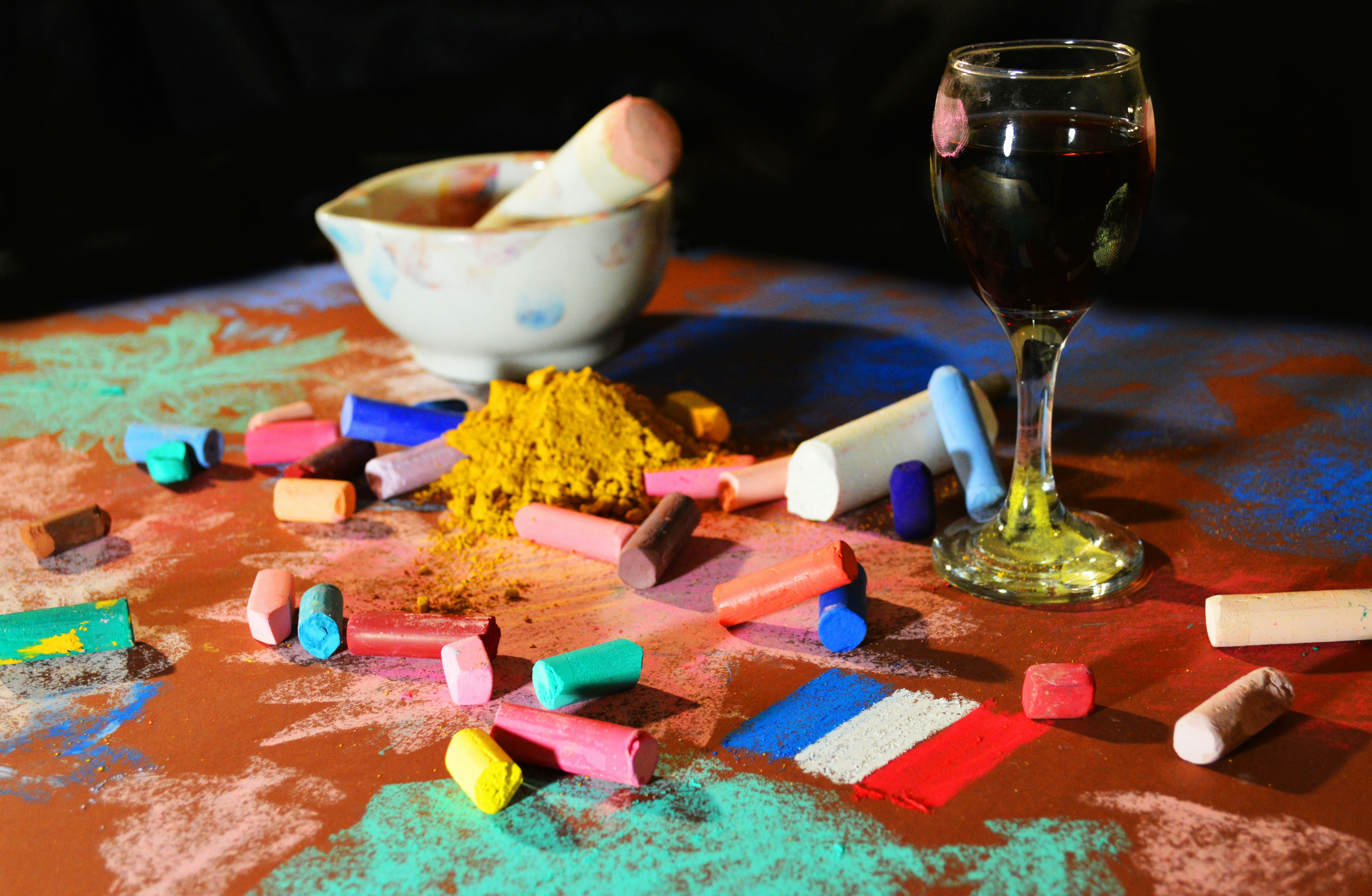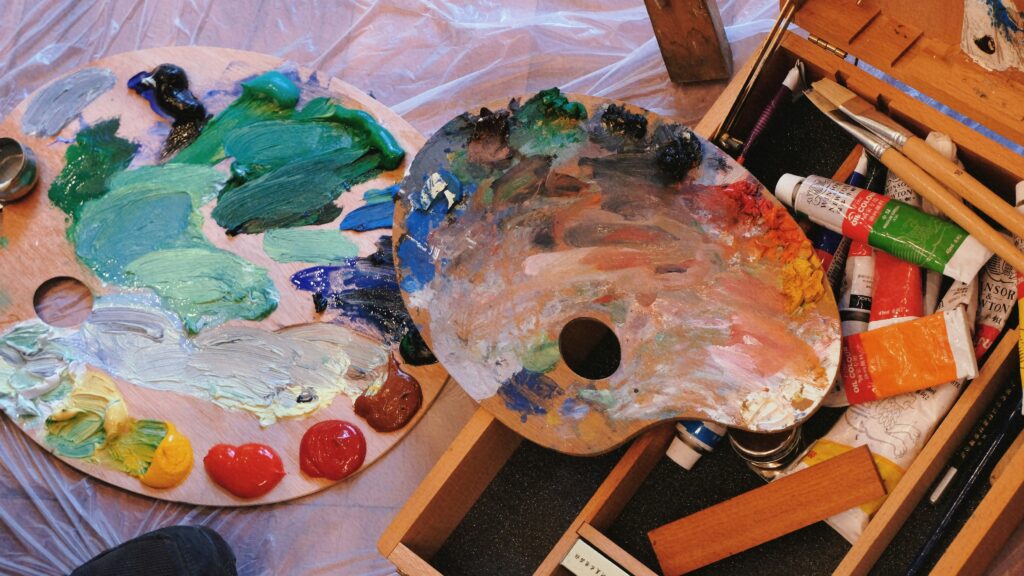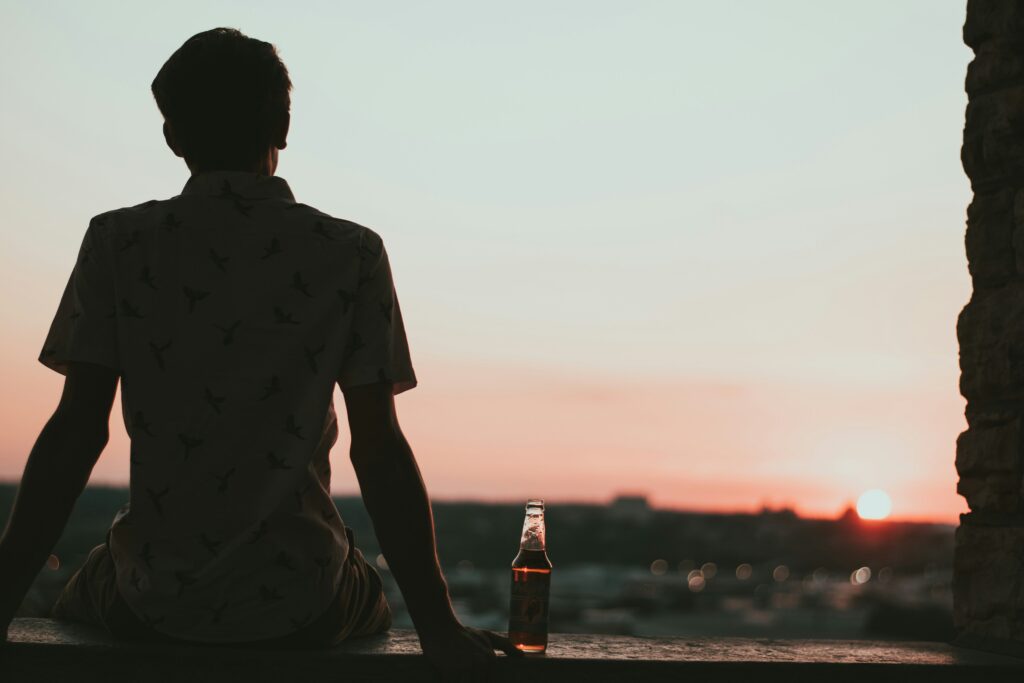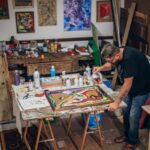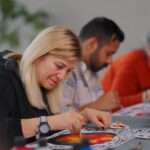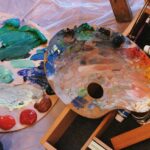Now Reading: Group Art Therapy for Addiction
-
01
Group Art Therapy for Addiction
Group Art Therapy for Addiction
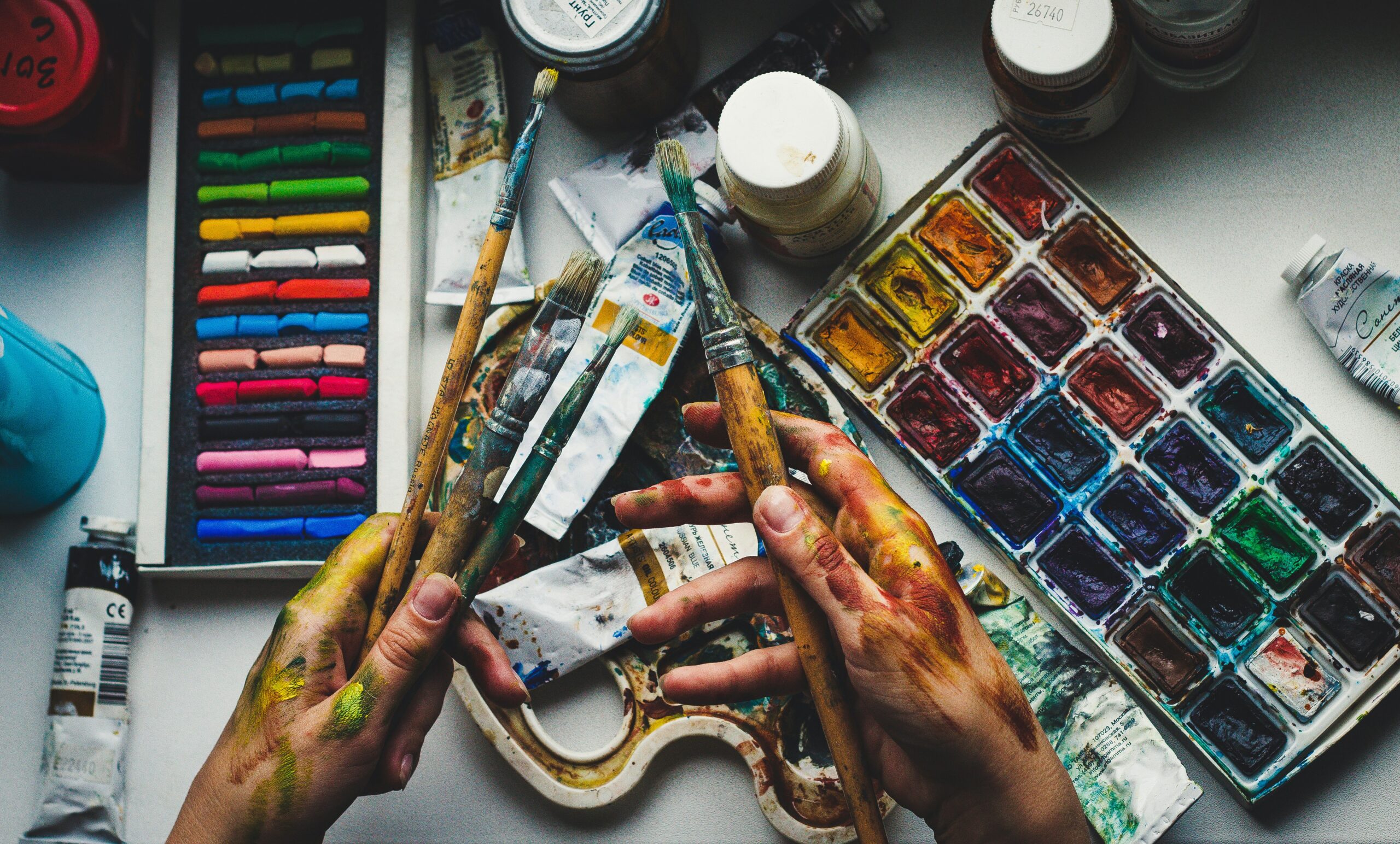
Explore how group art therapy for addiction fosters connection, reduces stress, and supports emotional healing through shared creative expression in recovery.
Introduction
Addiction often isolates people from others—and even from themselves. Feelings of shame, guilt, and emotional numbness make it hard to connect or communicate, especially in early recovery. Traditional therapy offers important tools, but sometimes words aren’t enough to express the depth of pain or hope people carry.
That’s where group art therapy for addiction can make a powerful impact. It offers a safe, creative space where people in recovery come together, use art to express their emotions, and begin to heal—not only individually but as part of a supportive community.
In this article, we’ll explore how group art therapy for addiction works, why it’s effective, and how it strengthens both emotional healing and human connection.
What Is Group Art Therapy?
Group art therapy combines the benefits of expressive art with the support of a shared healing environment. Guided by a trained art therapist, participants use creative tools like drawing, painting, collage, or sculpture to explore emotions and share experiences.
The focus isn’t on artistic skill—it’s on the process of creation and connection. People express what words can’t capture, and in doing so, they find insight, relief, and community.
🎨 Art therapy meets people where they are emotionally—without pressure to talk or explain.
Why Group Art Therapy for Addiction Works
🤝 1. It Fosters Connection
Addiction often leads to broken relationships, loneliness, and mistrust. Group art therapy helps rebuild a sense of belonging. Creating alongside others breaks down barriers and encourages empathy.
Participants often find comfort in knowing they’re not alone in their struggles. When someone shares their artwork—and the story behind it—it opens the door for shared healing.
📊 A 2021 study in The Arts in Psychotherapy found that group art therapy increased social bonding and decreased feelings of isolation among individuals in recovery programs 1.
🎨 2. It Encourages Emotional Expression
Many people in recovery struggle to identify or talk about their emotions. Art offers a non-verbal outlet for expressing complex feelings like grief, anger, or shame.
Through images, color, and form, participants release emotions they may not be ready—or able—to say out loud. Often, this leads to emotional breakthroughs that support deeper healing.
💆 3. It Reduces Stress and Supports Relaxation
Creating art helps calm the nervous system. In a group setting, this calming effect is amplified by the supportive presence of others.
📊 According to a study published in Art Therapy: Journal of the American Art Therapy Association, just 45 minutes of art-making significantly reduces cortisol (a stress hormone), even in non-artists 2.
In addiction recovery, where stress can be a major relapse trigger, group art therapy provides a healthy, grounding practice.
🧠 4. It Builds Self-Awareness and Insight
When participants reflect on their artwork—either silently or through guided sharing—they often gain new insights about themselves.
Questions like:
- “Why did I choose these colors?”
- “What does this image represent to me?”
- “How does this piece reflect where I am in my recovery?”
This process of reflection deepens self-understanding, which is a key part of relapse prevention.
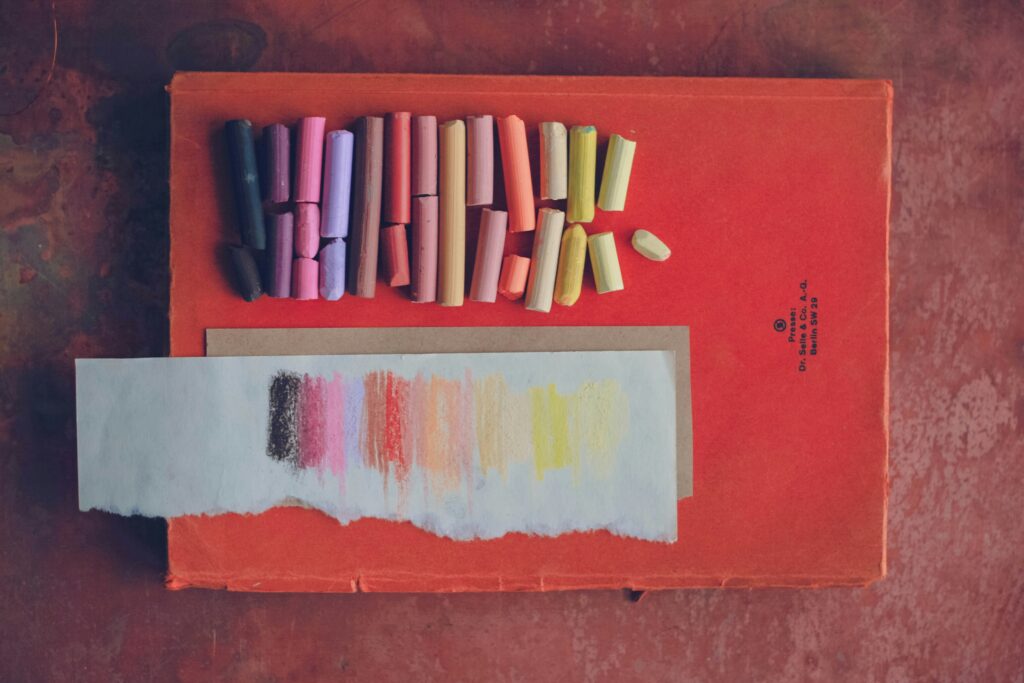
💬 5. It Improves Communication Skills
In group art therapy, participants not only create but also share and respond to each other’s work. This encourages honest dialogue and teaches respectful communication. People learn to give and receive support in ways that feel safe and authentic.
Common Activities in Group Art Therapy for Addiction
Art therapists often use structured prompts to guide the group while allowing space for individual creativity. Here are a few common activities:
| Activity | Purpose |
|---|---|
| Mask Making | Explore your inner and outer selves—what you show the world vs. what you hide. |
| Emotion Collage | Use colors, images, and textures to express how you feel without words. |
| Recovery Timeline | Create a visual timeline of your journey before, during, and after addiction. |
| Safe Space Drawing | Design a place that feels secure and peaceful to return to in your mind. |
| Group Mural | Collaborate on a single large artwork that reflects collective recovery themes. |
These exercises help participants process experiences, strengthen group bonds, and build a sense of progress.
Who Benefits from Group Art Therapy?
Group art therapy for addiction can benefit people in various stages of recovery:
- Those in residential or outpatient treatment
- Individuals who struggle with verbal communication
- People experiencing co-occurring trauma or mental health issues
- Clients in 12-step or holistic recovery programs
It’s especially helpful for those who feel isolated, disconnected, or emotionally numb—common experiences during recovery.
Real-Life Story: Marcus’s Experience
Marcus, 34, entered rehab for alcohol use after years of self-medicating to avoid painful childhood trauma. He was skeptical about art therapy but decided to give it a try.
During a session where participants created “emotion collages,” Marcus glued together dark, jagged images. As he explained his piece to the group, tears welled up. “This is what my mind feels like,” he said. Others nodded in understanding. That was the first time Marcus felt truly seen.
In later sessions, his art became brighter—reflecting his growing hope. He said, “Group art therapy helped me say what I couldn’t speak. And I wasn’t alone in it.”
How to Access Group Art Therapy for Addiction
You can find group art therapy in many treatment settings:
- Inpatient and outpatient addiction programs
- Community mental health centers
- Private practices with art therapists
- Support groups with creative therapy components
Be sure to work with a licensed art therapist (ATR or ATR-BC credentials) who has experience in addiction and trauma recovery.
Getting Started at Home
While professional guidance is ideal, you can start simple group art practices in support circles or with friends in recovery.
Try this:
Host a “creative night” where each person creates art around a prompt like “What recovery means to me.” Share only if comfortable.
Remember: it’s not about being an artist—it’s about being present, expressive, and open to healing.
Final Thoughts
Group art therapy for addiction offers a path to healing that’s creative, inclusive, and deeply human. Through shared art-making, people rediscover their voice, build trust, and begin to transform pain into purpose.
Whether you’re in early recovery or years into sobriety, art therapy can help you explore what lies beneath the surface—and connect with others on the same journey.
“Art speaks where words are unable to explain.”
If you’re seeking a healing space where expression is free, connection is real, and recovery feels more possible—group art therapy may be just what your soul needs.
References
- Van Lith, T. (2021). The effectiveness of group art therapy in substance use recovery. The Arts in Psychotherapy, 72, 101761. ↩
- Kaimal, G., Ray, K., & Muniz, J. (2016). Reduction of cortisol levels and participants’ responses following art making. Art Therapy, 33(2), 74–80. ↩
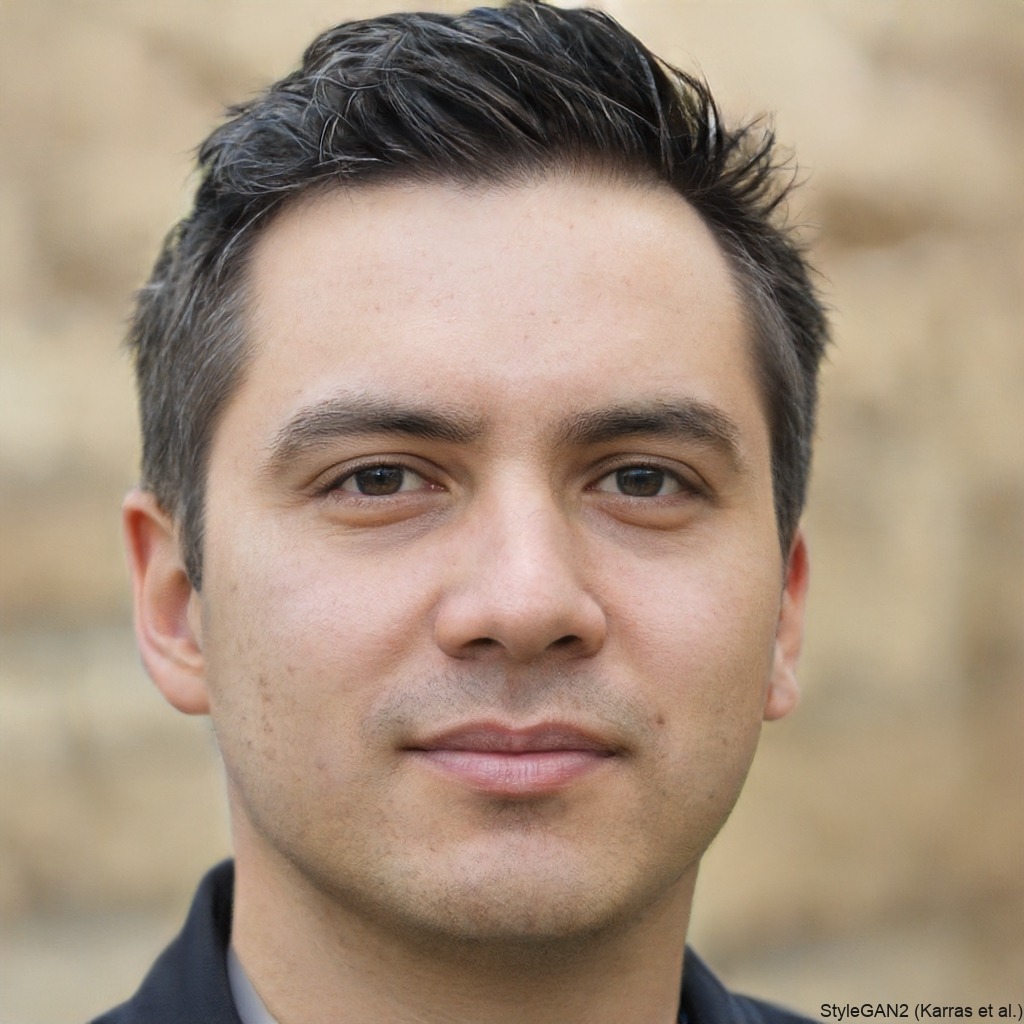
Kevin Fletcher is a seasoned writer with over 10 years of experience crafting engaging and informative content in the health, fitness, and wellness industries. Passionate about helping readers live healthier lives, Kevin combines research-backed insights with practical tips to inspire positive change.

